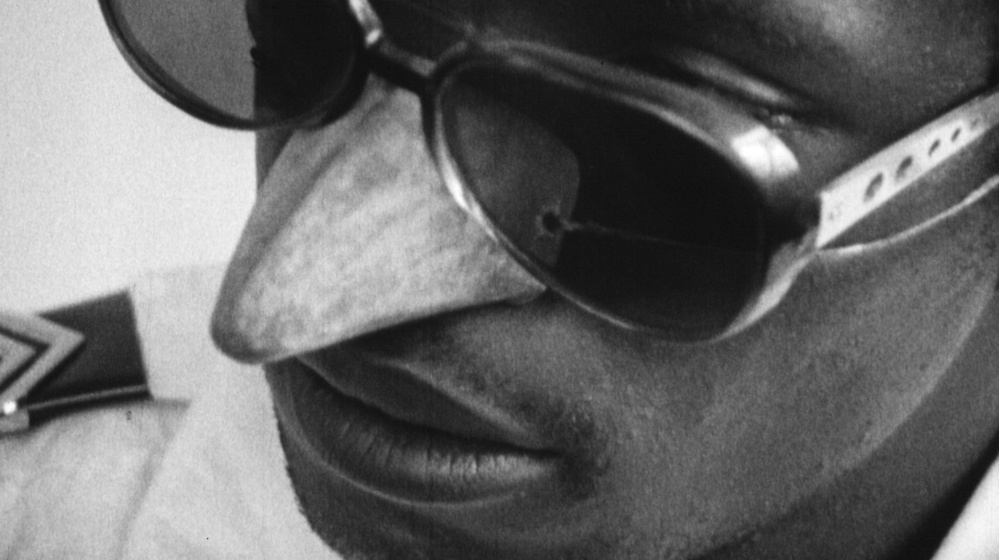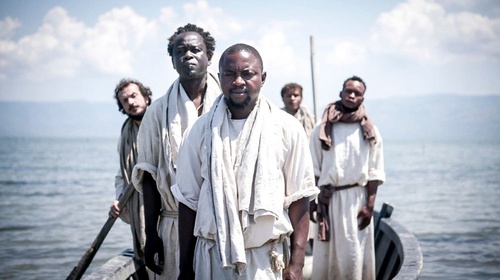Xcèntric 2021
Birth (of the image) of a nation
Audiovisuals
Between Margot Dias' ethnographic films shot on the Mueda plateau and Ruy Guerra's film about the massacre that took place there, there are two central episodes in the history of Mozambique in which cinema played an important role in both the revolutionary process and decolonisation: the War of Independence (1964-1974) and the revolution (1975-1987). The aim of screening these works is not only to address cinematographic representations created within the context of colonial expeditions with the first images made in independent Mozambique, but also to investigate how colonial and post-colonial history are closely linked to these images.
The 16 mm films shot by Margot Dias during Jorge Dias' ethnographic missions (1957-1961) constitute one of the first representations on film of the Makonde and an early systematic attempt at recording ethnographic images by Portuguese colonial institutions in Mozambique. These films were merely used for research and to collect data on the Mueda plateau, the site of an event that marked the history of Mozambican independence, the Mueda massacre, in which the Portuguese authorities opened fire on hundreds of people during a peaceful protest, and which Ruy Guerra attempts to reconstruct in Mueda, Memória e Massacre (1979).
Aware of the power of the image to build a new nation, the first cultural action of the Mozambican government, carried out just after independence, was to set up the National Film Institute (INC) with the aim of filming the people and giving them back their images. In Mueda, Memória e Massacre , the first feature film produced by the INC, Ruy Guerra deals with one of the main events linked to the history of decolonisation by recording a theatrical recreation. But the film deals not only with the history of the massacre, which took place on 16 June 1960, but also with the memory of colonialism still present in the bodies and gestures of the group of people carrying out this re-enactment almost two decades later. A complex object for a film, combining the categories of documentary and fiction to reflect on the relationship between colonial memory and anti-colonial history, both linked to power structures.
Ethnographic films on the Maconde by Margot Dias: Aspectos da vida dos Macua e Macondes em Moçambique, 1958, 16 mm, 7 min; Mussa. Aldeia Maconde, 1958, 16 mm, 2 min; Caminho para a machamba da Nola, 1958, 16 mm, 5 min.
Mueda, Memória e Massacre, Ruy Guerra, 1979-80, 35 mm, 75 min.
Digital screening. Original language with Catalan subtitles. Margot Dias films courtesy of Cinemateca Portuguesa and the National Museum of Ethnology in Lisbon. Ruy Guerra film courtesy of Arsenal Berlin.
Directors: Ruy Guerra, Margot Dias
This activity is part of Xcèntric 2021


